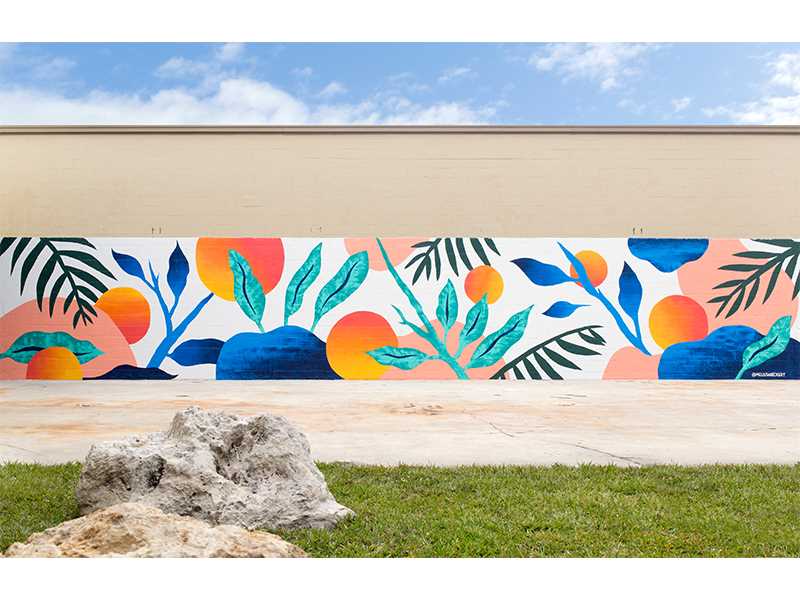
If you have ever admired the intricate designs and vibrant colors of a mural, you may be surprised to learn that creating your own mural can be an attainable and fulfilling endeavor. Mural painting is a unique art form that allows you to express your creativity on a large scale, transforming ordinary spaces into extraordinary works of art. Whether you are a beginner with little to no artistic experience or an experienced painter looking to expand your skill set, this guide will provide you with the essential steps and techniques to get started.
Step 1: Sketching and outlining
The first step in creating a mural is to sketch out your design on the chosen surface. Use a pencil or charcoal to lightly outline your ideas, making adjustments and corrections as necessary. This initial sketch will act as a guide for the rest of the painting process, so take your time to ensure it accurately represents your vision.
Step 2: Base coat
Once your outline is complete, it is time to apply a base coat of paint. This will serve as the background color and will create a foundation for the rest of your mural. Choose a color that complements your overall design and apply it evenly using a wide brush or roller. Allow the base coat to dry completely before moving on to the next step.
Step 3: Adding details
With the base coat dry, you can begin adding details to your mural. This is where your creativity can truly shine. Use a combination of brushes and different paint application techniques to create depth, texture, and visual interest. Experiment with blending colors, layering, and creating highlights and shadows to bring your mural to life.
Remember, mural painting is a process that requires patience and practice. Don’t be discouraged if your first attempt doesn’t turn out exactly as you envisioned. With time and experience, your skills will improve, and you will be able to create stunning works of art that captivate and inspire.
When it comes to mural painting, having the right tools can make a big difference in the final outcome of your artwork. Here are some essential tools that every beginner mural painter should have:
1. Paint Brushes
A good set of paint brushes is crucial for mural painting. Look for brushes with different sizes and shapes to give you more versatility in your artwork. You may need larger brushes for covering large areas and smaller brushes for adding details.
2. Paint Rollers
Paint rollers are great for covering large areas with paint quickly. They are especially useful for background painting or when you want to create a smooth, even texture. Make sure to choose rollers with the right nap length and thickness for your mural.
3. Paint Trays
Paint trays are indispensable for holding and mixing your paint. Look for trays with deep wells to prevent spills and provide enough space for mixing different colors. It’s also a good idea to have multiple trays to avoid cross-contamination of colors.
4. Spray Bottles
Spray bottles filled with water are handy for keeping your paint wet while working. Mural painting can be time-consuming, and the paint may dry quickly, especially in hot weather. Spraying water on the paint surface can help to keep it workable for longer periods.
5. Drop Cloths or Tarps
Protecting the surrounding area is essential when painting a mural. Drop cloths or tarps can save your floors and furniture from accidental paint splatters. They also make it easier to clean up after you’re done painting.
6. Ladders or Scaffolding
With these essential tools, you’ll be well-equipped to start your mural painting journey. Remember to practice and experiment with different techniques to bring your vision to life. Happy painting!
Designing Your Mural
Designing your mural is an important step in creating a visually stunning and meaningful piece of art. Before you begin painting, take the time to plan out your design and consider the following factors:
Theme
Choose a theme that resonates with you and the space where the mural will be displayed. The theme could be based on nature, a specific time period, an abstract concept, or even a combination of different elements. Consider how the theme will fit into the environment and what message you want to convey.
Layout and Composition
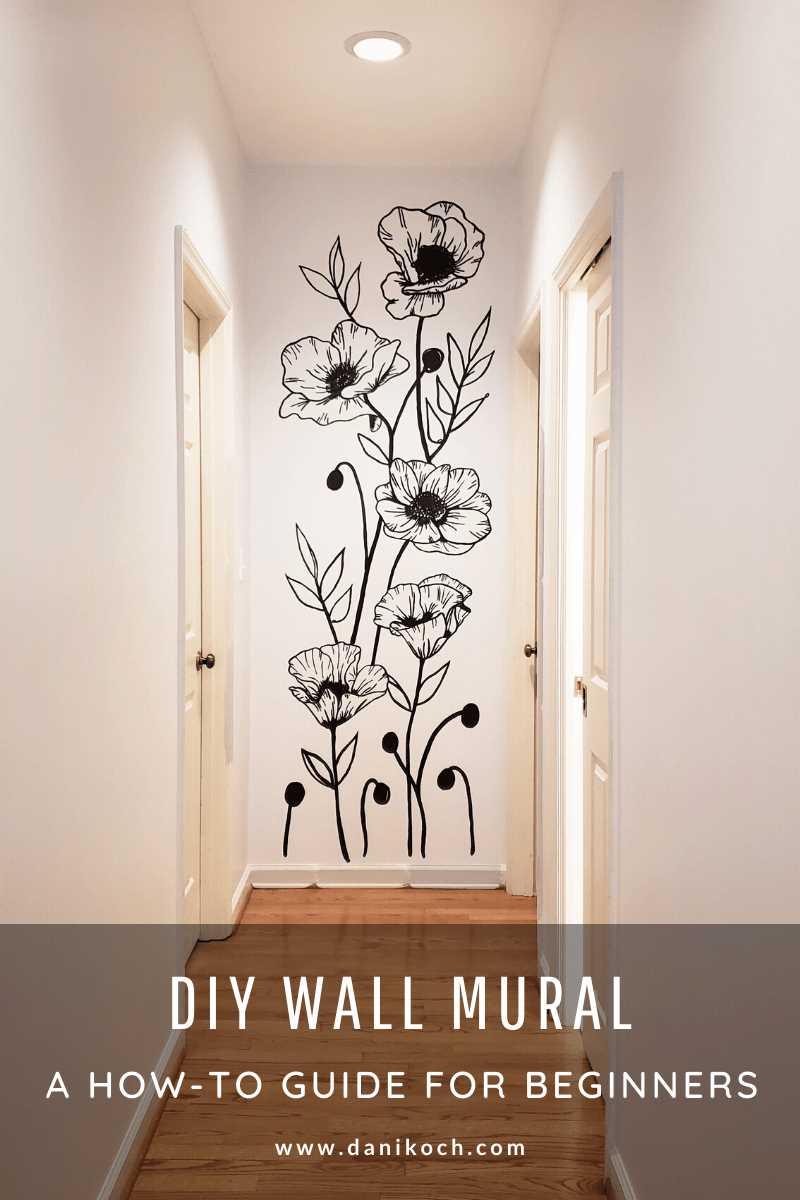
Think about the overall layout and composition of your mural. Determine how the elements will be arranged on the wall and create a balanced and harmonious design. Consider the size and placement of focal points and how the viewer’s eye will move across the mural. Experiment with different arrangements and sketch out your ideas before starting to paint.
Remember to consider any architectural features or existing elements on the wall that may affect your design. Be creative in incorporating these elements into your mural to make it unique and seamless.
Color Palette
Choose a color palette that complements your theme and creates the desired mood for your mural. Consider the emotions and feelings you want to evoke with your art. Research color psychology to understand how different colors can impact the viewer’s perception.
Once you have a clear idea of your theme, layout, composition, and color palette, create a detailed sketch of your design. This sketch will serve as a guide when you start painting and will help you stay focused and organized throughout the process.
Designing your mural may take some time and experimentation, but it is a crucial step in creating a visually striking and impactful artwork. Take your time, gather inspiration, and let your creativity flow.
Choosing the Right Brushes

When it comes to mural painting, selecting the right brushes is crucial to achieve the desired results. The brush you use can greatly impact the texture, depth, and quality of your mural. Here are some key factors to consider when choosing the right brushes for your mural painting:
1. Bristle Material
The bristle material of the brush will determine its durability and the type of paint it is best suited for. Natural bristle brushes, made from animal hairs, are ideal for oil-based paints, while synthetic bristle brushes, made from nylon or polyester, work well with acrylic or water-based paints. Consider the type of paint you will be using and choose the appropriate bristle material accordingly.
2. Brush Shape and Size
The shape and size of the brush will determine the level of control and the types of strokes you can achieve. Flat brushes are great for large areas and straight lines, while round brushes are perfect for detailed work and creating precise curves. Consider the size of your mural and the level of detail required to determine the appropriate brush shapes and sizes for your project.
Pro tip: It’s always a good idea to have a variety of brush sizes and shapes on hand to accommodate different areas and aspects of your mural.
3. Brush Handle
The handle of the brush is often overlooked, but it plays a significant role in your comfort and control while painting. Choose brushes with ergonomic and comfortable handles that fit well in your hand. Handles with a good grip will allow you to have better control over the brush and improve your overall painting experience.
Selecting Colors for Your Mural
When it comes to creating a mural, selecting the right colors is crucial. The colors you choose will set the overall mood and impact the visual appeal of your artwork. Here are some tips to help you select the perfect colors for your mural:
Think about the Subject: The subject matter of your mural can also guide your color selection. If you’re painting a serene landscape, soft and natural colors may be appropriate. On the other hand, a vibrant cityscape might call for bold and bright colors. Use color to enhance the theme and create a visually engaging mural.
Create a Color Palette: Instead of randomly selecting colors, it’s helpful to create a color palette. Choose a dominant color and then select a few complementary or contrasting colors to create visual interest. You can experiment with different combinations and shades until you find the perfect mix.
Consider the Emotional Impact: Colors have the power to evoke different emotions. Warm colors like red and orange can create a sense of energy and excitement, while cool colors like blue and green can evoke feelings of calm and tranquility. Consider how you want people to feel when they look at your mural, and choose colors accordingly.
Test the Colors: Before starting your mural, it’s a good idea to test the colors on a small scale. This will give you a better idea of how the colors will look when applied to a larger surface. Use sample boards or even small canvases to experiment with different color combinations and see how they interact.
Use Color Theory: Familiarize yourself with basic color theory to understand how different colors work together. The color wheel is a useful tool that can help you create harmonious color schemes. Complementary colors (colors opposite each other on the wheel) can create a vibrant contrast, while analogous colors (colors next to each other on the wheel) can create a more harmonious and soothing effect.
Trust Your Instincts: Ultimately, selecting colors for your mural is a creative process, and there are no hard and fast rules. Trust your instincts and let your intuition guide you. Experiment, play with colors, and have fun creating your mural masterpiece!
By following these tips and considering the environment, subject, emotions, and color theory, you’ll be well-equipped to select the perfect colors for your mural. Let your imagination run wild and create a visually stunning artwork that will captivate and inspire viewers.
Composition Techniques for Mural Painting
When creating a mural painting, it is important to carefully consider the composition. The composition of a mural determines how the elements are arranged within the artwork and can greatly impact the overall visual impact and storytelling of the piece.
Here are some composition techniques to keep in mind when approaching a mural painting:
1. Balance: Achieving a sense of balance in your mural is crucial. Consider both visual balance (the distribution of visual weight) and symbolic balance (the representation of harmony or equilibrium) in your composition. This can be achieved through the arrangement of objects, colors, and shapes within the mural.
2. Focal Point: A focal point helps to draw the viewer’s attention and guide their eye through the mural. Think about where you want the viewer’s gaze to land first and then work to create a visual hierarchy that leads them through the artwork. This can be achieved through the use of color, size, and placement of elements.
3. Leading Lines: Leading lines are useful for creating depth and guiding the viewer’s eye within the mural. Incorporate elements such as roads, rivers, or architectural features to act as visual pathways that lead the viewer’s gaze through the artwork.
4. Contrast: Contrast can add visual interest and create emphasis within the mural. Experiment with contrasting colors, values, and textures to create depth and highlight important elements. This can help to create a dynamic composition.
5. Scale and Proportion: Consider the scale and proportion of elements within the mural to create a sense of realism and depth. This can also help to establish a sense of perspective within the artwork.
6. Repetition and Pattern: Incorporating repetition and pattern can add visual interest and create a sense of unity within the mural. Use repeated shapes, motifs, or colors to create a cohesive composition.
7. Framing: Consider how you want to frame your mural. Will there be a border or frame within the artwork itself? Will the mural interact with its surroundings or be contained within its own designated space? Think about how the mural will fit into its environment and how the composition can enhance this relationship.
8. Storytelling: The composition should also support the storytelling aspect of the mural. Consider how the arrangement of elements can help to convey a narrative or evoke certain emotions. Think about the overall message or theme of the artwork and use the composition to enhance and reinforce it.
By keeping these composition techniques in mind, you can create a visually compelling and impactful mural painting. Experiment with different approaches and don’t be afraid to break the rules to create something truly unique and expressive.
Applying Different Painting Techniques
Once you have prepared your mural surface and selected your colors, it’s time to start applying different painting techniques to create your mural masterpiece. Here are some techniques that beginners can try:
Brushwork

Brushwork is one of the most common techniques used in mural painting. It involves using a paintbrush to apply the paint onto the surface, creating different strokes and textures. You can experiment with different brush sizes and types to achieve the desired effects. For example, a wide flat brush can be used for broad strokes, while a small round brush can be used for fine details.
Sponging

Sponging is a fun and easy technique that can add texture to your mural. To sponge paint, you will need a natural sponge or a sponge roller. Dip the sponge into the paint and then dab it onto the surface. You can overlap colors and vary the pressure to create interesting patterns and effects. Sponging works particularly well for creating backgrounds or adding texture to objects like clouds or foliage.
Tip: Practice on a separate surface before applying the sponge technique to your mural to get a better understanding of how the paint will behave.
Stenciling
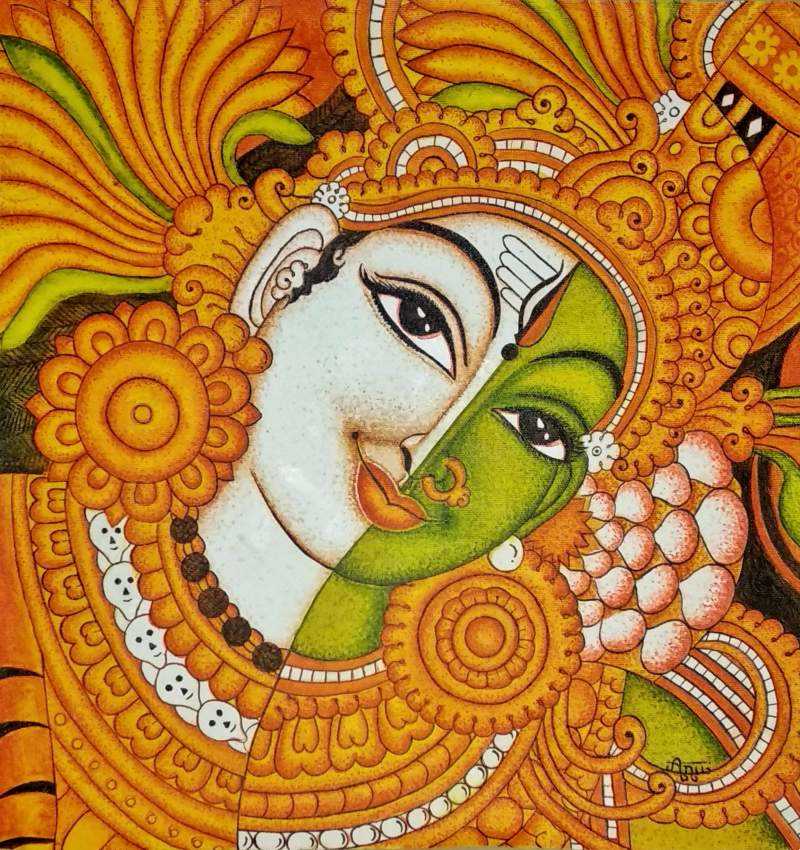
Stenciling is a technique that involves using a pre-cut stencil to apply paint to the surface. Stencils can be made of various materials such as cardboard or mylar. Place the stencil on the mural surface and secure it in place with tape. Then, use a stencil brush or sponge to dab the paint over the stencil, being careful not to go outside the stencil lines. Stenciling is a great way to add precise shapes and patterns to your mural.
These are just a few examples of the painting techniques you can explore as a beginner mural painter. Don’t be afraid to experiment and try new things. As you gain more experience, you’ll develop your own unique style and discover what techniques work best for you. Remember to have fun and enjoy the process!
Preparing the Surface for Mural Painting
Before you begin mural painting, it is crucial to properly prepare the surface to ensure a smooth and long-lasting paint application. Taking the time to prepare the surface will also help to prevent issues such as peeling or flaking paint in the future.
The first step in preparing the surface is to clean it thoroughly. Remove any dust, grease, or dirt using a mild detergent and a soft cloth. If the mural is located outdoors, you may need to use a pressure washer to remove any stubborn dirt or grime. Allow the surface to dry completely before proceeding to the next step.
If there are any existing paint or coatings on the surface, it is important to remove them to create a clean canvas for your mural. Use a paint stripper or scraper to remove the old paint, being careful not to damage the underlying surface. Sanding the surface lightly can also help to create a smooth and even surface.
Next, inspect the surface for any cracks, holes, or imperfections. Fill in any cracks or holes with a suitable filler or putty, and allow it to dry. Once dry, sand the filled areas to ensure a smooth and seamless surface.
After repairing any imperfections, it is time to prime the surface. Apply a layer of primer using a paintbrush or roller, making sure to cover the entire surface. The primer will help to provide a good base for the paint to adhere to and will also help to seal the surface and prevent moisture from seeping in.
Finally, before starting your mural, it is a good idea to sketch out your design on the prepared surface. This will help you visualize the mural and make any necessary adjustments before diving in with paint.
| Steps for Preparing the Surface for Mural Painting: |
|---|
| 1. Clean the surface thoroughly. |
| 2. Remove any existing paint or coatings. |
| 3. Fill in any cracks or holes and sand the surface. |
| 4. Apply a layer of primer to the entire surface. |
| 5. Sketch out your design on the prepared surface. |
Tips and Tricks for Mural Painting
Painting a mural can be an exciting and creative endeavor. Whether you’re a beginner or have some experience, these tips and tricks will help you achieve a stunning mural that will capture attention and leave a lasting impression.
1. Plan and Sketch your Design
Before you start painting, it’s essential to plan and sketch your design. Take the time to visualize how your mural will look and make sure it complements the space. Create a preliminary sketch on paper or use digital tools to map out your design. This will help you determine the scale, proportions, and composition of your mural.
2. Choose the Right Surface and Paint
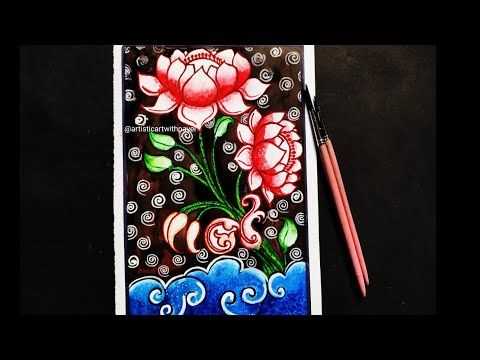
Consider the surface you’ll be painting on and choose the appropriate paint. Exterior murals may require weather-resistant paint, while indoor murals can use any type of wall paint. Acrylic paints are commonly used for murals because they’re durable and easy to work with. Make sure to choose high-quality paint to ensure vibrant colors and longevity.
Additionally, be mindful of the surface preparation. Clean the surface thoroughly and consider using a primer to ensure better adhesion of the paint.
3. Use Proper Tools and Techniques
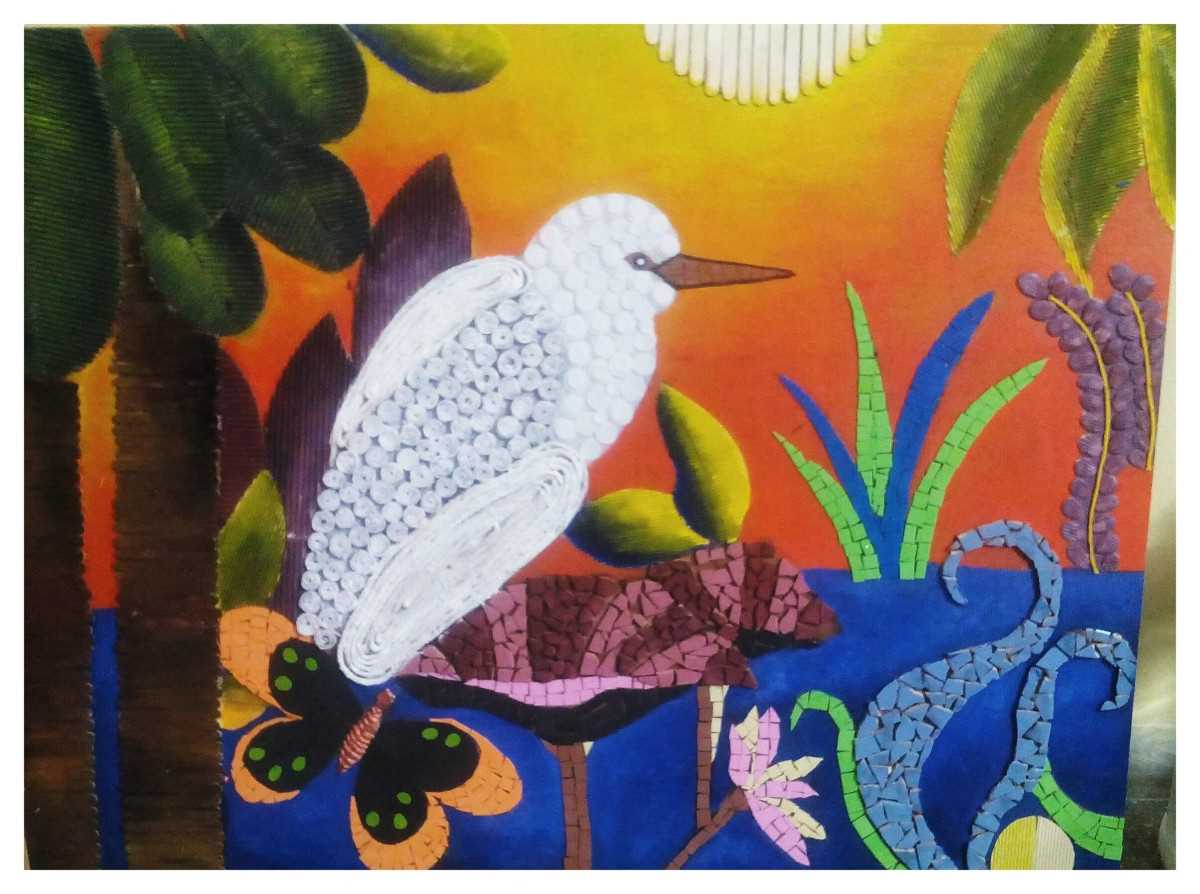
Invest in quality brushes and rollers to achieve precise lines and smooth surfaces. Different brushes and tools can create different effects, so experiment with various sizes and styles to achieve the desired look. When painting, it’s crucial to use the right techniques, such as blending colors, layering paint, and adding texture, to bring your mural to life. Practice different techniques on a smaller surface before starting the mural to build your skills and confidence.
4. Take Advantage of Natural Light
Consider the lighting conditions of the space where your mural will be displayed. Natural light can enhance the colors and details of your mural. Take advantage of windows or other light sources to create a captivating interplay between light and your artwork. If your mural will be displayed in a dimly lit area, consider using brighter colors to compensate for the lack of natural light.
5. Step Back and Evaluate your Work
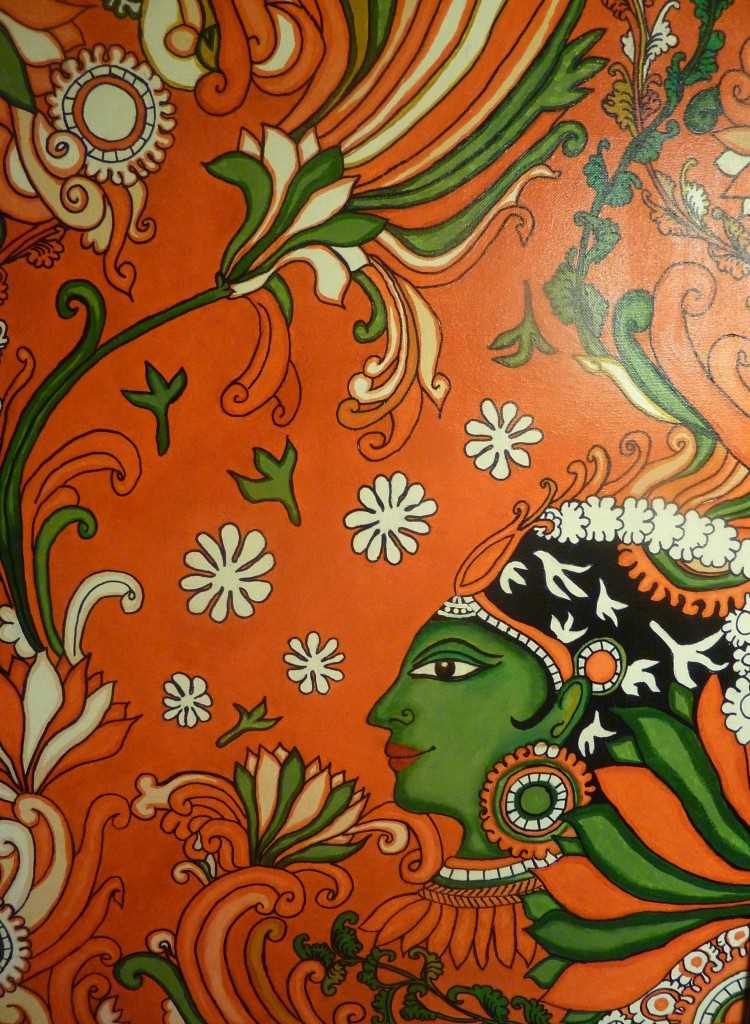
Frequently step back and evaluate your progress. This will help you identify any areas that need improvement and ensure that your mural looks impressive from a distance. Take breaks regularly to rest your eyes and gain a fresh perspective. Don’t be afraid to make adjustments or add additional details – murals are a work in progress that evolve over time.
Remember, mural painting is all about expressing your creativity and leaving a personal mark. Embrace the process, have fun, and don’t be afraid to take risks. Happy painting!
Showcasing Your Mural

Once you have finished creating your mural, it’s time to showcase your masterpiece. Here are a few tips on how to display your mural in the best possible way:
Choose the Right Location: Select a location that will allow your mural to be seen and appreciated by a large number of people. Consider public spaces, community centers, schools, or even your own backyard.
Prepare the Surface: Before hanging or displaying your mural, make sure the surface is clean and free of any debris. If necessary, paint or touch up the background to enhance the overall presentation.
Take Good Photographs: Capture high-quality photographs of your mural to showcase your work online or in a portfolio. Use natural lighting and focus on capturing the details and textures of your painting.
Create a Presentation: Consider creating a digital presentation or slideshow that showcases the process of creating your mural. Include before and after pictures, as well as any sketches or inspiration that led you to your final design.
Share Your Story: Don’t forget to share the story behind your mural. Whether it’s a personal experience, a community project, or an artistic statement, explaining the meaning and intention behind your work can create a deeper connection with viewers.
Remember, showcasing your mural is not just about displaying the final product, but also about sharing the passion and process that went into creating it. Take pride in your work and enjoy the satisfaction of seeing your mural appreciated by others.

I am a mural enthusiast and a fervent admirer of street art. Rather than creating murals myself, I am passionate about collecting them. My love for street art knows no bounds. I am dedicated to curating and cherishing these artworks that grace the streets. My collection stands as a testament to my profound appreciation for this form of artistic expression.
read about me



